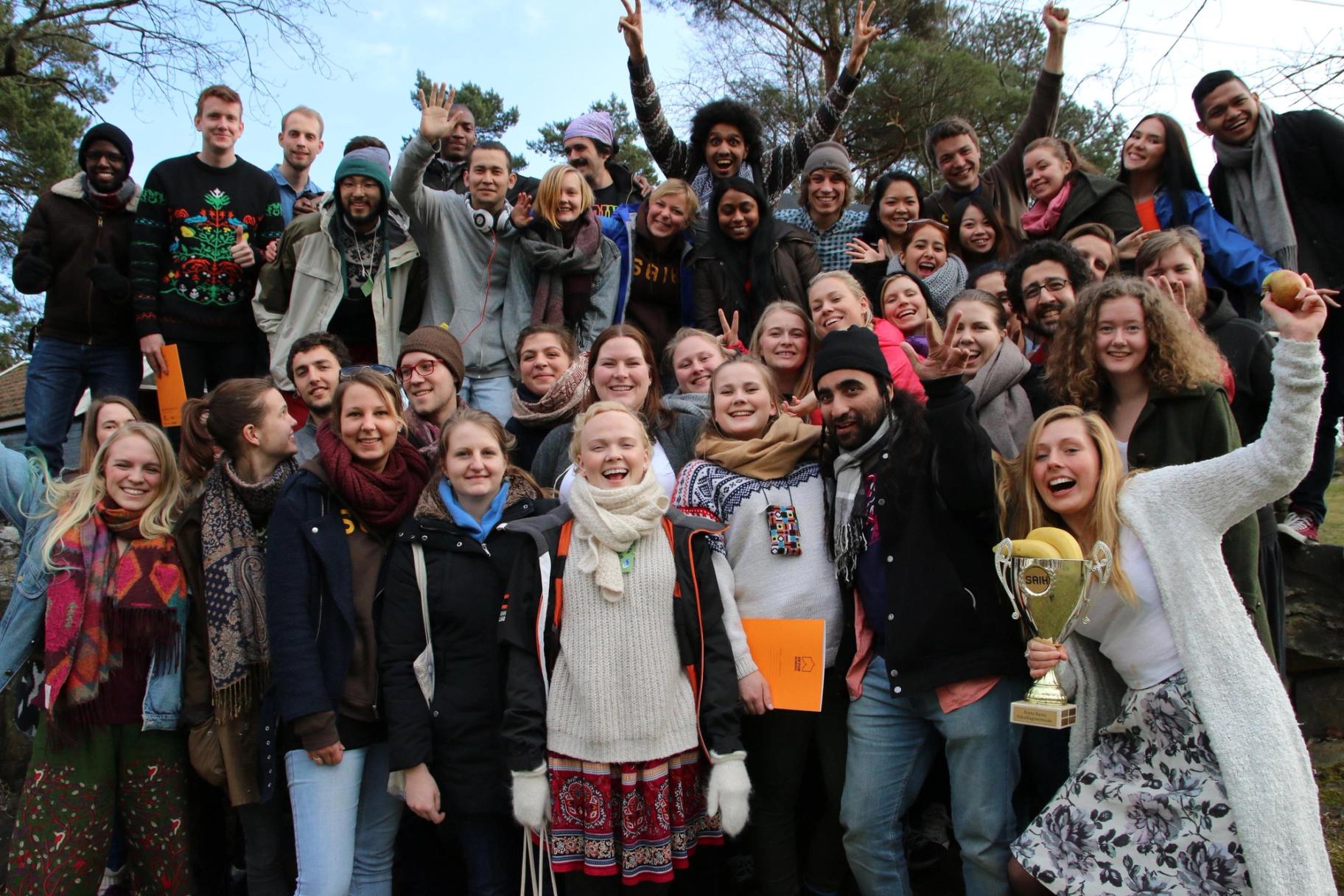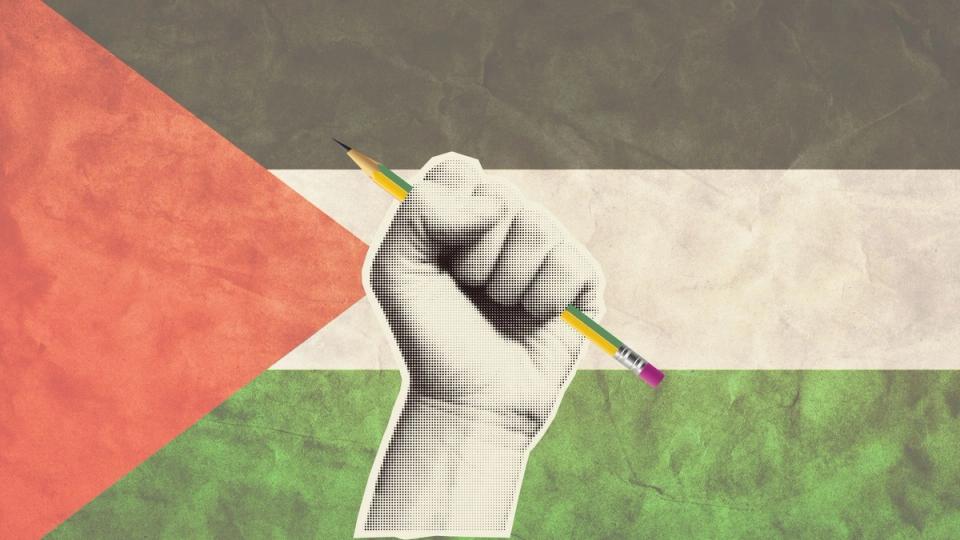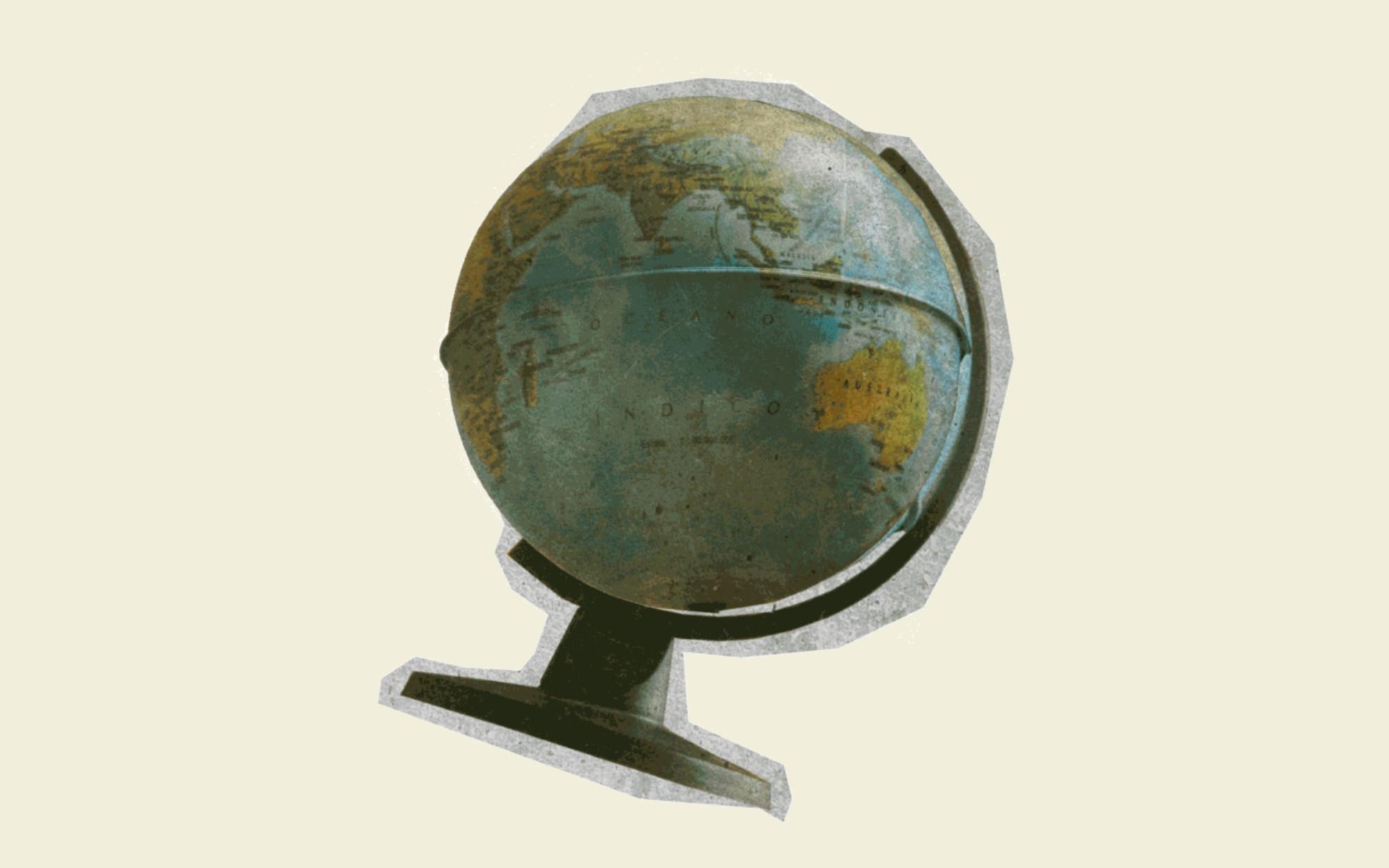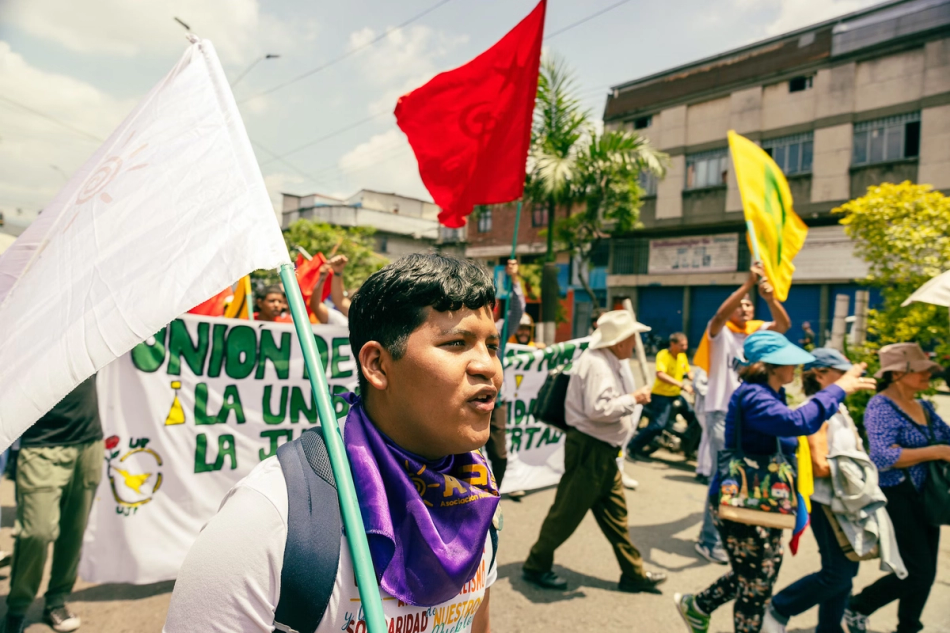Nyhet
And Access for All
Text with permission from: Global Knowledge No 1 2005 - Table of ContentsNJORD V. SVENDSEN/TEXTPAUL S. AMUNDSEN/PHOTO
(image) Universities provide funding which enables scientists and scholars to carry out research and peer review the results; then journals may accept papers for publishing, claim copyright and sell subscriptions back to the universities at sky-high prices, which are sometimes so high that university libraries cannot afford to subscribe. According to a 2004 study at the University of Arizona, prices jumped more than 50 per cent from 1996 to 1999 and 32 per cent from 1999 to 2002. The most spectacular price tag is found on Brain Research, published by Reed Elsevier, which charges 21 000 USD for a subscription.
FREE READING/University libraries are connecting up to a growing and increasingly global network of Open Access archives and repositories in an attempt to reverse the commercialisation of scientific publishing. Meanwhile, a new breed of research journals is flourishing. These are available online for free to everyone who wishes to read them.
Welcome to the world of scientific publishing.
However, times are changing. Thanks to the spread of the Internet, a worldwide “Open Access” movement of academics and librarians is about to revolutionise scientific publishing and knowledge dissemination. Open Access means that research material in principle is accessible for everyone to share free of charge, without copyright restrictions putting limits on distribution.
Opening up
“The basic idea of Open Access is that scientific knowledge is a common good, but this idea has been threatened by growing commercialisation where journals have become more and more expensive,” says Rune Nilsen, a professor of International Health, former Pro-Rector of the University of Bergen and long-time promoter of Open Access. At his home institution he initiated the Bergen Open Research Archive (BORA). BORA is Norway’s first digital repository of research output.
One way to provide access is to post material directly to the web for others to see. For researchers hungry for citations, a more attractive alternative is provided by institutional open archives such as BORA. Here researchers are encouraged to publish their articles parallel to publishing in subscription journals. Renowned universities such as Harvard, Massachusetts Institute of Technology (MIT) have paved the way in the building up of huge digital resources, connecting to a growing and increasingly global network of archives and repositories. Since 2002 MIT has been putting not only research material on the web, but original course materials for students as well.
In recent years, a new breed of research journals has also emerged. They are available online for free for everyone who wishes to read them. In order to finance peer-reviewing, many of these charge authors–not readers–a small fee upon publication. There are now almost 1600 journals listed in the world Directory of Open Access Journals, a service run by Uppsala University, that is five to ten per-cent of all journals in the world.
A Nobel cause
But it is very difficult for open-access journals to achieve the high status attached to leading commercial titles, because authors want to publish in the most prestigious ones. Quite a few of them are owned by Reed Elsevier. The Anglo-Dutch giant publishes about 1700 titles, among them The Lancet, Tetrahedron and Cell. Eighteen of the 25 most expensive journals in the world are Reed Elsevier publications.
Some pioneering and particularly powerful open access initiatives may well disrupt the balance of power. First, in the US the non-profit Public Library of Science (PLoS) was established five years ago, led by the Nobel Laureate Dr. Harold E. Var-mus. Authors pay a relatively small sum to cover peer-review expenses, and there are no subscription fees. The idea is to make research findings and scientific writings in the field of medicine and life sciences freely available online while competing with the most important existing journals in the field, such as Science, Cell and Nature.
The idea seems to be working. PLoS’ two journals, PLoS Biology and PLoS Medicine (launched in 2003 and 2004 respectively), have already become attractive arenas for the presentation of science at the highest level. Three new journals from PLoS are due to be launched in 2005: PLoS Computational Biology, PLoS Genetics and PLoS Pathogens.
Secondly, in the UK, BioMed Central, an independent publishing house, has committed itself to providing immediate free access to more than 100 peer-reviewed biomedical research journals. BioMed Central now has 534 member organisations in 38 countries, and researchers from these institutions can publish articles in BioMed-listed journals for free.
Academic apartheid
As with other goods and privileges, access to knowledge is unevenly distributed, increasing the divide between rich and poor. Will open access bridge the gap? “The open access movement has not come about because we want to be nice to developing countries,” says Professor Nilsen. “This is about fundamental principles surrounding knowledge production and distribution.”
There is no doubt, he maintains, that the world has been practicing “academic apartheid”, where access to research material has largely been reserved for the wealthy. To be able to do research, to teach and to develop updated learning material you need to keep in touch with the latest scientific developments. So if you can’t afford it, you have lost it. “There is little use in having a PhD from Harvard if you are sitting in Kampala, Uganda, without access to the journals,” says Professor Nilsen.
In a world in which economic performance is highly dependent on knowledge and knowledge production, open access has become a key factor for growth in developing countries. Lately, this has been clearly recognized by a growing number of institutions and non-governmental organizations (NGOs) such as the Wellcome Trust, a major funder of biomedical research aimed at the developing world. From October 2005, all papers resulting from Wellcome Trust funding will have to be posted to the PubMed Central.
Negotiating access
Another way of opening access is demonstrated by, the International Network for the Availability of Scientific Publications (INASP), whose mission is to provide worldwide access to information and knowledge, with particular emphasis on the needs of developing and transitional countries. INASP’s method is not one of competition, but cooperation. Through one of their activities, the Programme for the Enhancement of Research Information (PERI), INASP works out deals with publishers, archives and learned societies for heavily discounted prices or free access to online information.
“Our goal is affordable, sustainable access. We now have 128 countries who are eligible for support in the programme,” says director Carol Priestley. Established by the International Council for Science in 1992, today the organisation administers a global network of more than 4000 partners, including 900 support programmes and activities. At the moment the INASP catalogue includes 17 500 full-text online journals and also journals from the regions themselves (usually in print format). Countries select the ones they need and then INASP works out deals with the publishers. When online access is limited, as it often is, INASP tries to provide paper versions, DVDs or CDs.
Most of the major scientific publishing companies are on the list. But Reed Elsevier is not. For its insistence on making huge profits the company is the target of continuous harsh criticism and even boycotts. Carol Priestley is careful when commenting on their position. “They are not against working with us, but their whole commercial ethos is rather different from ours and they are also kept very busy at the moment providing access to health information through WHO and agriculture with FAO,” she says. According to Reed Elsevier they need the money, among other reasons because they have invested for years in building up their advanced web-based services.
“This is all about fundamental principles surrounding knowledge production and distribution,” says Professor Nilsen. “We have to fight to secure access of knowledge for everyone. With the establishment of open institutional archives we have won the first battle.”
Oxford and CERN
There are no signs that coming battles will be lost. In May this year the National Institutes of Health (NIH) implemented a policy of open access to all research articles resulting from NIH funding. The NIH is the primary agency for conducting and supporting medical research in the United States. When an article is accepted for publication–whether in an open-access or subscription journal–the author is required to post an electronic version to the NIH’s open digital archive, PubMedCentral. A British version of PubMedCentral is also due to open this year.
In recent months a number of influential European institutions have officially committed themselves to open access policies. Among them are Germany’s Max Planck Society and CERN (the European Organization for Nuclear Research) in Switzerland, the world’s largest particle physics laboratory and the birthplace of the World Wide Web. In May 2005, Oxford Journals, a division of Oxford University Press, decided to provide open access to research papers immediately on publication, applying the author-pays model similar to that of PLoS.
It is also worth mentioning the ongoing project of Google, the world’s largest Internet search engine. Their aim is to scan millions of titles from the world’s leading university libraries and make them freely available online within six years.
Open Pakistan
In the meantime, ambitious countries in the South, especially in Asia, are rapidly exploring the new world of Open Access. In Pakistan the newly established Open Access programme is not only increasing access to the rest of the world. It is also helping Pakistani researchers who are setting an agenda in the other direction.
“The Open Access programme will certainly increase opportunities for academics and scientists to have their publications projected internationally,” says Professor Atta-ur-Rahman, Federal Minister for Science and Technology and Chairman of the Higher Education Commission for the Government of Pakistan.
However, Professor Atta-ur-Rahman warns against believing that open access will solve all problems. “The knowledge gap between North and South is not decreasing,” he says. “Expenditure on education in developing countries is still very low compared to the developed world. The investment in science and technology also remains very low. The gap therefore continues to widen.”
To a large extent access to information for most developing countries is already there, according to Carol Priestley. However, the ability to utilize access to its full potential is now the challenge. More band-width and more computers will be needed–at affordable prices. “It’s going to take time,” she says, but remains optimistic: “Only two years ago things looked very different.” Professor Nilsen agrees: “The Open Access movement is rolling much faster than anyone had expected.”
Njord V. Svendsen is a journalist based in Bergen, Norway.







